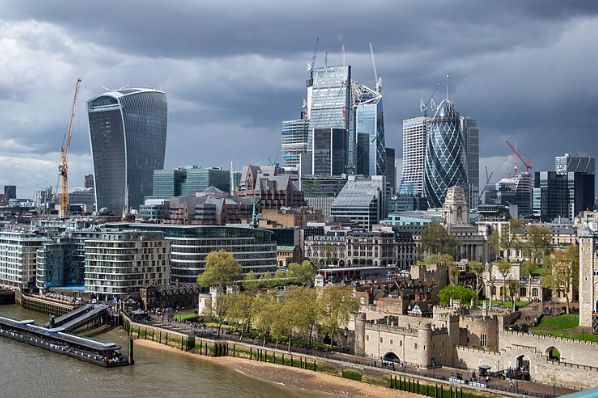New data released by Cushman & Wakefield based on analysis of rental returns of several thousand UK tenants shows that despite gloomy predictions, second-quarter rental collections held up well in many sectors compared with March. By Day 21 in June* (the 21 days following the due date for commercial rent collection on 24th June) the real estate services firm had collected 69.1% of rents on behalf of its clients. That’s down by less than 1 percentage point than the March Day 21 figure, when 69.5% of rents had been collected by this point, just weeks after the UK went into lockdown – a result that far exceeds initial expectations. The firm estimates that around a third of companies have sought help from landlords since the Covid-19 epidemic took hold by way of rent holiday, concession or renegotiation.
At Day 21, the highest proportion of rent received is from tenants in the offices sector at 81% - a figure that is 4 percentage points higher than the same time for March. For industrial sector tenants the gap between June Day 21 and March Day 21 rent collection is modest: 70% at Day 21 June and 72% at Day 21 March.
Other sectors continue to lag behind the level of rent collection seen in March. The retail sector is seeing a wider gap between progress made in June compared to March as consumer confidence continues to improve from a low base, with 45% of rents collected by June Day 21 compared to 52% at March Day 21. In terms of actual rents collected in the last week, an extra 7% was picked up in the mixed-use sector, the largest increase of any sector recorded in Cushman & Wakefield’s analysis.
Digging into sub-sectors, there are significant differences in rents received by Day 7 in June. Just 7% of pub, bar and restaurant rent due had been paid, whereas hotels are faring much better with 65% paid. When it comes to shopping centres, a key meeting place for people to socialise and shop in normal conditions, just 36% of rent was paid by Day 7 June, but retail warehousing (52%) was much more successful.
Service charge collections have improved faster than rent collections. At Day 21 March 65% had been collected, but for June 66% have been collected. Only retail remains depressed on the basis of this comparison, but the gap between March and June is now only 7 percentage points. Office and industrial rent collections are both 3 percentage points higher than the same Day 21 point for March.
Nick Ridley, Head of UK Asset Services at Cushman & Wakefield, said: “The latest numbers still show a significant impact from the COVID-19 pandemic but are holding up better than initial expectations, and we feel we can see real signs of recovery starting to take hold. There is a significant variance by sector when it comes to rent collections and these reflect the struggles that have been caused by the pandemic, with retail and leisure taking a significant proportion of the brunt. Our view is that we have seen the worst of the decline in terms of commercial tenant rent payments, and we would now like to see incremental improvements in rent collections as the economy slowly starts to reopen and consumers and businesses become more confident and start to navigate this ‘new normal’. All eyes will be on the Scottish Quarter which falls at the end of August which will provide a clearer indication of any green shoots. Tenants and landlords are talking, with a third of tenants asking for some sort of assistance in terms of paying their rent. Some tenants continue to take a ‘can’t pay, won’t pay’ approach, which is a dangerous approach for the wider sector as it means landlords may not be able to help businesses truly in need. However, when we have contacted such businesses to encourage them to pay ‘what they can’ at this time, we have often been successful. This mediatory approach has continued to help boost rent collections on behalf of our clients in recent weeks.”















